Research: Aesthetics & learning
Why Aesthetics?
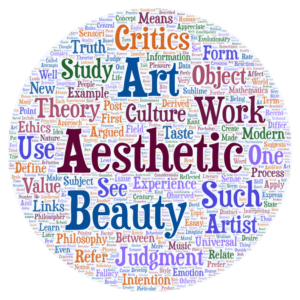
A child’s first experience, of peeking through a telescope to see the vivid sharply etched, yet fragile, rings of Saturn is a powerful one; perhaps as powerful as standing amidst redwood trees listening to the sound of wind rustling through the leaves or experiencing a moment of clarity when an elegant geometrical proof, surprising in its simplicity, emerges from a chaos of sketches and doodles. It is in this sense of awe and wonder that our minds nibble at confronting powerful ideas such as infinity (whether the infinity of numbers, or the interminably large scale of the cosmos, or the immeasurably small universe of cells and atoms and quarks). The emotional turbulence that overwhelms us when we reflect on nature, truly understand a scientific idea, or solve a tricky mathematical or engineering problem often leads to powerful aesthetic experiences. These experiences, we argue, are no different or less than the aesthetic experience we have in engaging with powerful artistic human creations, be it music or the visual arts.
That said, the role of the aesthetic has often been ignored in the discussion on learning. And I truly believe that is a huge mistake on our part.
On designing aesthetic educational
experiences in science
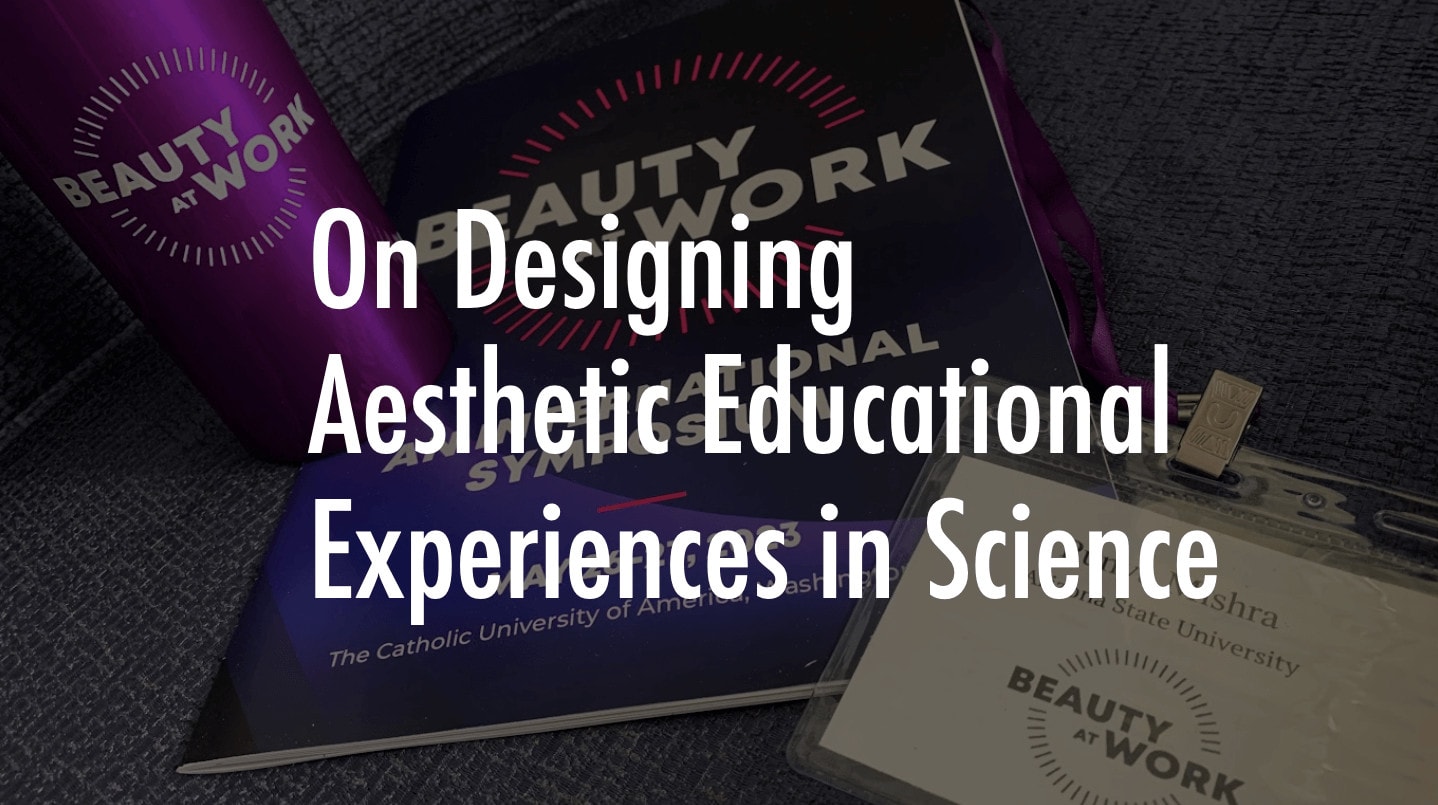
I was invited to give a presentation on this topic at conference titled Beauty at Work: An International Symposium at the Catholic University of America, in Washington DC (May 2023). I was part of a session on Aesthetic Properties and Scientific Information, along with Myron Penner (a philosopher of science from Trinity Western University); Amanda Nichols (professor of chemistry from Oklahoma Christian University); Milena Ivanova (from Fitzwilliam College, Cambridge); and Rebecca Kamen (artist in residence at the University of Pennsylvania). More details about the conference and a video of my talk (On designing aesthetic educational experiences in science) can be found here.
Aesthetics & coding
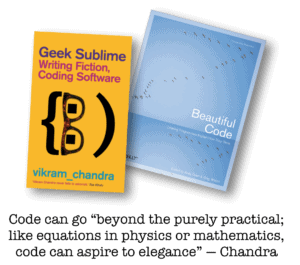
Does beauty have a role to play in learning to code? Can code aspire to beauty and elegance? In this article (Good, Keenan, & Mishra, 2016, titled Education:=Coding + Aesthetics), we argue that it does and it should.
Mathematical poetry
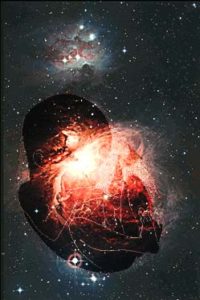
What does mathematics have to do with poetry? Not much, at one level, but a lot at another. Though their goals may be different, both mathematicians and poets play with structure and form, seek elegance and parsimony in their work. And in their own way they strive for truth and beauty—defined within the rules and structures of their discipline. I have loved both mathematics and poetry – with little or no success in each. But over the years I have played little games with both and some of these explorations are presented here.
Why aesthetics is essential (for science education)
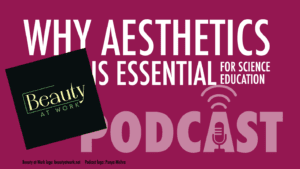
Beauty at Work is a podcast that “explores how beauty shapes our lives and the work that we do” hosted by Brandon Vaidyanathan, Associate Professor of Sociology at The Catholic University of America. In its first season the focus is on beauty in science. As part of this series, Brandon has spoken with physicists, philosophers, psychiatrists, neuroscientists, entrepreneurs, psychologists and more. I was lucky to be a guest on this podcast, in an episode titled: Why Aesthetics is Essential for Science Education.
Why Teachers should care about beauty
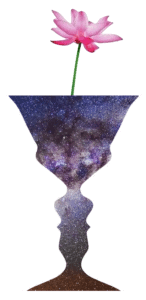
In the article for the journal iWonder (Why teachers should care about beauty in science) – we explored the role of beauty in science education. In this piece, targeted at science educators, we use research in science education to highlight the importance of teachers consciously making connections to aesthetic aspects of science. Caring about beauty in science can inspire a sense of wonder and curiosity.
Aesthetics and STEM education
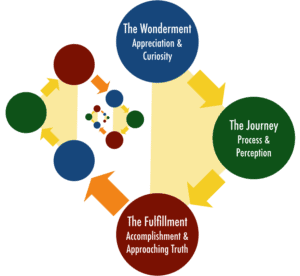
Developing a Rhetoric of Aesthetics: The (Often) Forgotten Link Between Art and STEM is an article that digs into these ideas in depth. In essence, this article is an extended argument that builds on several lines of work including philosophy, psychology, history and biography, in order to promote a model of learning based on aesthetic ways of knowing, thinking, and exploring the world. This emphasizes key impulses that make us human. We provide a generative three-fold fractal framework that seeks to capture the entire cycle of engaging in STEM practices: from curiosity to the process of seeking answers, to a sense of completion that in turn leads to new curiosities to explore. We suggest that this leads to a powerful virtuous cycle that seeks to maintain the same sequence at different levels of learning—from the beginner to the professional scientist, mathematician, or engineer.
Of Art & algorithms
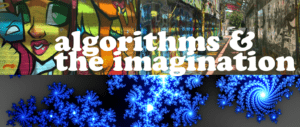
In a couple of articles (most importantly Mishra & Yadav, 2013 and Evans, Henriksen, & Mishra, 2019) we argue that the partnership of deep human content knowledge with new technological advances can lead to deeper and more profound creative insights. We explore how computational thinking, combined with deep knowledge of a discipline, can lead to creative solutions that could not have been possible before. Thus the creative output is not determined by only the individual or the technology, but rather through a “partnership” between the two.
Blog posts related to aesthetics, beauty and learning
LanguageART: Meaning making through type & image
I love collecting quotations—usually related to learning, design, and creativity. Over the past couple of years I started trying to visualize these quotations, playing with type and image, to tease apart their meanings, sometimes to undermine, sometimes to enhance. I...
John McCain, RIP
• • • • • • • • •John Sidney McCain IIIAugust 29, 1936 – August 25, 2018 The above image is a visual / typographic representationof one his favorite quotesfrom For whom the bell tolls,by Ernest Hemingway Image © punyamishra
Of raindrops and dying flowers
The rainfall in June –the poems I’ve pasted to wallspeel off, but leave traces.~ Basho All photos taken with my iPhone8©punyamishra
Arizona in black & white
Over the past two years in Arizona I have had the opportunity to indulge in my love for photography. Recently I felt the need to play with Adobe Sparks - and what better way to learn a new tool than to use it to create a photo album. Enjoy.
Expert eyes on creativity
Since 2012, the Deep-Play Research Group has been publishing a series of articles under the broad rubric of Rethinking Technology & Creativity in the 21st Century in the journal Tech Trends. This has led to 33 articles (and counting) and...
Fractals, ambigrams & more
Photo & and design © Punya Mishra.The photo of bubbles was taken with cell phone camera (equipped with a macro lens). Fractals are mathematical/geometrical structures that exhibit self-similarity at increasingly small (or large) scales. Fractals were...
Contemplating creativity
Photo/Image Credit: Punya Mishra Dr. Jonathon Plucker is an educational psychologist at Johns Hopkins University where he is the Julian C. Stanley Professor of Talent Development in the School of Education. He has received numerous recognitions for his work, including...
Paradoxes, illusions & visual wordplay
Figure 1: Eye-llusion Over the past few months I have been somewhat obsessed with visual illusions, ambiguous images, impossible figures and other such fun stuff. This led to the design of a brand new optical illusion, combining an ambiguous image with an...
Education by Design, new fall course
I am excited about my new fall course, titled Education by Design. This is a heavily reimagined version of a class that I taught a couple of times at MSU and once here (last fall at ASU). The MSU version that I co-taught with Danah Henriksen received First...
Unleashing Creativity: ISTE interview
A few months ago I was interviewed for an article in Empowered Learner, an ISTE member magazine. The final article, Unleashing every genius: Creative genius isn't rare – but the conditions that nurture it are is now online. You can access the entire issue of the...
New optical illusion: An oscillating visual paradox!
A design for the word "illusions" inspired by a design by Scott Kim. I have been obsessed with optical illusions for for a long time. This interest has played out in many ways: from the hundreds of ambigrams I have created to the new year’s videos we create as a...
Design, Intuition & Creativity
Chain-Rotational ambigram design for the word "design."One can read the word both clockwise from the top or anti-clockwise, from the bottom. Our latest article in the series we write for the journal TechTrends (under the broad rubric of Rethinking Technology...
Squaring a circle on Pi day!
Pie upon reflection is nothing but 3.14!A new version of a design I had created a year ago.Original idea stolen from the Interwebs Since it is Pi(e) day, I thought it would be fun to share another design I had created a while ago in response to one of the...
NEW BOOK! Creativity, Technology & Education
I am thrilled to announce the publication of a new book, a Mishra-Henriksen production titled Creativity, Technology & Education: Exploring their Convergence. This book is a collection of essays that first appeared the...
Social Media: New Ambigram
New 180-degree rotational Ambigram for "Social Media:"
